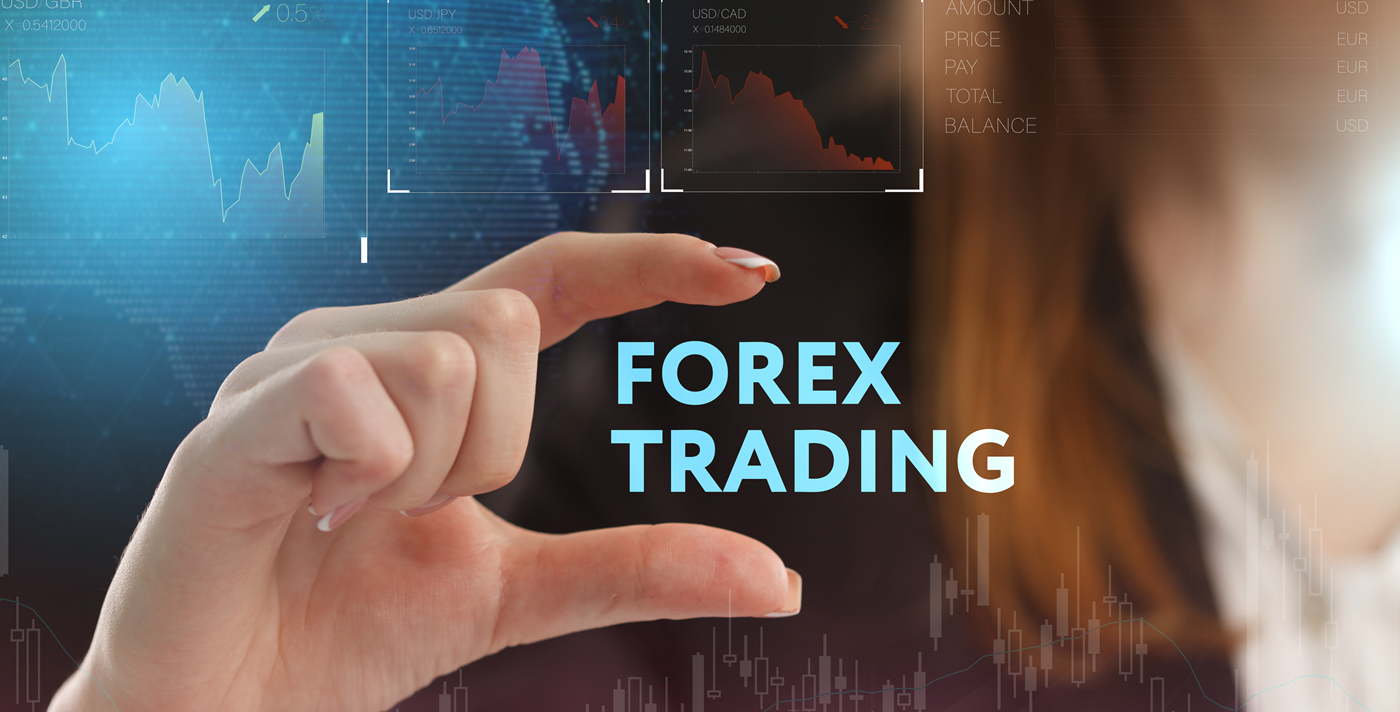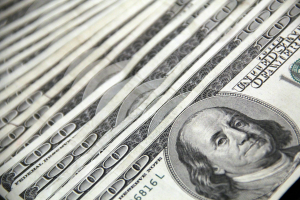If you’re making your first steps into Forex trading, you may be wondering what leverage is and why you need it. Aside from just defining the concept – which, let’s face it, is intriguing, especially to a beginner – we will take a deep dive into the nitty-gritty of it, so get comfortable and read on. You may want to bookmark this article for later reference.
A crystal-clear definition of leverage
In the world of CFD trading (also referred to as leveraged trading), leverage is essential. It has been around in the world of finance for over 100 years, and surprisingly, it is one of the most misunderstood concepts. Even some regulators and brokers still grapple with it trying to define it.
So, what is leverage? Leverage allows you to control a larger trading position with a smaller amount of capital. It’s like borrowing funds from your broker to amplify your buying power. Leverage has both advantages and disadvantages, as, on the one hand, it enables traders to participate in the market more efficiently, maximising profits. On the other hand, it also increases risk because both profit and loss are calculated at the total value of the position.
Example: Let’s say you open a BUY position on 1000 Tesla shares, thinking that the price of Tesla will go up. Assuming that the cost of 1 Tesla share is 100c (or $1), to open an unleveraged position, you will need to invest $1 x 1000 for an exposure of $1000 upfront.
Scenario 1: Share price rises
If Tesla’s share price rises by 20c (or $0.20), your 1000 shares will be worth $200 each.
$0.20 x 1000 = $200
Hence, if you close the position, your profit will be $200 from your original investment of $1000. Therefore, the total amount that will be added to your trading account after this trade will be:
$1000 + $200 = $1200.
Scenario 2: Share price drops
If Tesla’s share price drops by 20c (or $0.20), you will then lose $200, or one-fifth of your initial investment.
$1000 –1000 x $0.20 = $ 1000 – $200 = $800, where $800 represents the total amount of loss.
Leverage versus Margin
Often, leveraged trading is referred to as “margin trading” because the amount required to open and maintain a position open represents only a fraction of the size (the margin). A deposit margin is required to open a position.
In contrast, a maintenance margin is needed if the position approaches a negative limit (loss) that the deposit margin and the existing account balance cannot cover. In this case, the trader will get a margin call from the broker, letting them know that any open positions will be closed due to insufficient funds. An additional deposit is required to prevent this from happening.
Generally, when an investor buys securities using a combination of their own funds and funds borrowed from the broker, it is called investing/trading on margin. To better understand how leverage and margin work, let us imagine the following scenario, using the Tesla shares example above. The only difference is that this time, we will use leverage.
Scenario 3: Profit & Loss with a leveraged position
If you open a leveraged BUY position on 1000 Tesla shares costing $1 each. Let us assume that the broker’s margin requirement is 10%. Therefore, the amount you will need to invest is 10% of your total exposure of $1000, or $100, to open a position.
If Tesla’s share price rises by $0.20, then your profit will be $200, but at a significantly lower cost.
By comparison, if the market moves in the opposite direction and Tesla’s share price falls by $0.20, you will lose $200, which is twice your investment amount ($100).
Risk management, a must
Risk management is crucial in leveraged trading. To limit risk exposure, brokers enable traders to use advanced features such as Stop Loss and Take Profit. These levels commonly describe the entry and exit points of a trade. Let’s take a look at some practical examples!
Mastering Stop Loss & Take Profit
Both Stop Loss and Take Profit are levels that automatically close a position once the predetermined level has been reached.
Typically, the Stop Loss determines the maximum amount that a trader can afford to risk on a trade. By comparison, Take Profit determines the highest level that a trader believes the price of their traded underlying asset will reach before reversing (moving in the opposite direction).
Given the intrinsic fluctuating nature of the market, it is crucial to ensure that these levels are not too tight or too wide from the current price level.
However, determining the exact level or distance at which the Stop Loss or Take Profit levels should be set up depends entirely on the strategy followed.
If, for example, the Stop Loss is used as a simple exit mechanism, then its role in the strategy applied is vital. To place it correctly, you need to determine what role it plays in your strategy. Generally, traders place the Stop Loss slightly below or above a support level and Take Profit above the resistance level.
One of the commonly used tactics when setting up a profit target (Take Profit) or Stop Loss level is using a reward: risk ratio. Depending on your entry point, you will also need to set up your Stop loss level. The profit target should be set at a multiple of this, for example, 2:1.
If you open a SELL position on Share X at $60.15 and determine that the Take Profit should be at $60.25 (above the resistance level), you are risking $0.10/share.
If you apply the 2:1 reward-to-risk ratio, your profit target should be placed at $0.20 from your entry point, at $60.35 ($60.15 + $0.20).
However, taken on its own, the reward-to-risk ratio does not mean much on its own. That’s why it is recommended to use it in combination with your winning ratio. The following formula might give you a clue:
E= [1+ (W/L)] x P – 1
Where:
E is your expectancy
W is your average win
L is the size of your average loss
P is your profit rate
Let’s say you placed 10 trades, out of which 4 were losing trades and 6 were winning. This means that your win ratio is 6/10 or 60%.
If you made a $ 3,000 profit from your 6 winning trades, your average win would be $3,000/6 = $500.
Similarly, if you lost $1,600 on your 4 losing positions, your average loss will then be $1,600/4 = $400.
Applying the expectancy formula, we get:
E = [1+ (500/40)] x 0.6 – 1 = 0.35 or 35%.
Based on this, your trading strategy will likely return 35 US Dollar cents for every US Dollar you trade in the long term.
Bottom line
The most important success metric is not your reward-to-risk ratio but instead your expectancy ratio taking into account your actual winning rate over time. So, even if you have a 0.5 to 1 reward-to-risk ratio, but your winning rate is high enough to compensate for any losses, you will still be profitable in the long haul. Test this theory out on your TibiGlobe demo account!
Risk Disclaimer:
CFDs are complex instruments and come with a high risk of losing money rapidly due to leverage. You should consider whether you understand how CFDs work and whether you can afford to take the high risk of losing your money. Prices can fluctuate rapidly, and past performance is not indicative of future results. Please refer to the full risk disclaimer on our website.
The information provided does not constitute financial advice and should not be relied upon as such. You should seek independent advice before making any investment decision.







